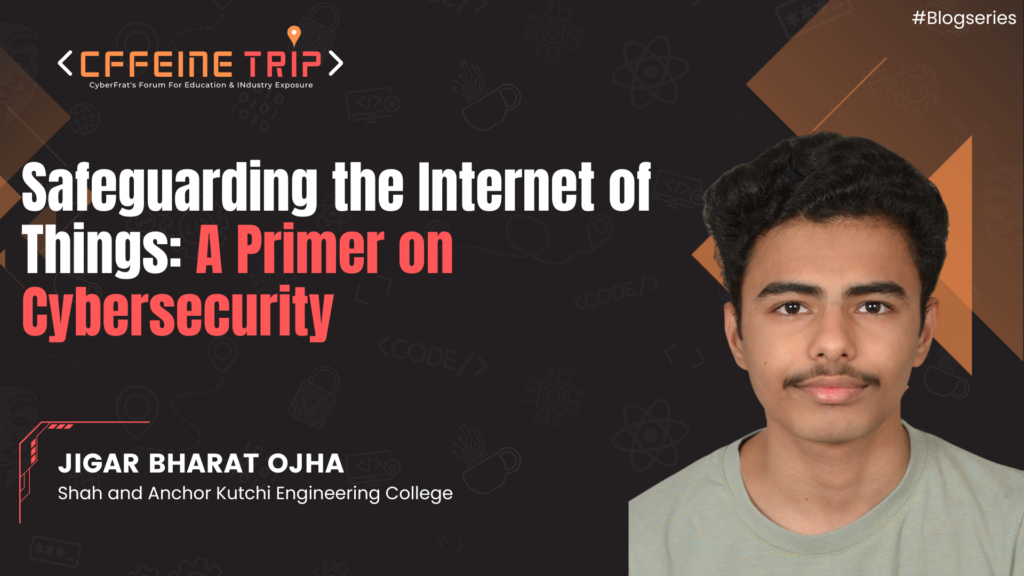
Introduction
In our increasingly interconnected world, the Internet of Things (IoT) has become pervasive, transforming various aspects of our lives. From smart homes to industrial automation, IoT devices offer convenience and efficiency.
However, with this rapid expansion comes the pressing need to address cybersecurity risks. In this blog post, we will explore the challenges and best practices for ensuring robust cybersecurity in the realm of IoT.
Understanding IoT Security Risks
The unique nature of IoT devices, which are often resource-constrained and heterogeneous, presents distinct security challenges. We’ll delve into the vulnerabilities commonly associated with IoT, such as weak authentication, unencrypted communication, and a lack of timely software updates. We’ll also discuss the potential consequences of IoT security breaches, including data compromise, privacy infringement, and the potential for physical harm.
Building a Secure IoT Infrastructure
To mitigate the risks, organizations and individuals must adopt a proactive approach to IoT security. We’ll explore strategies such as secure device provisioning, strong authentication mechanisms, data encryption, and secure communication protocols. Additionally, we’ll discuss the importance of implementing secure coding practices and conducting thorough security assessments during the development lifecycle.
Network Security for IoT
Securing the network infrastructure is vital for safeguarding IoT ecosystems. We’ll delve into concepts such as network segmentation, firewalls, intrusion detection and prevention systems (IDS/IPS), and secure gateways. We’ll also highlight the significance of monitoring and anomaly detection in identifying potential security breaches and responding promptly.
Data Privacy and Compliance
As IoT devices collect and transmit vast amounts of personal and sensitive data, ensuring data privacy and complying with regulations become crucial. We’ll discuss the principles of privacy by design, data minimization, and consent management. Moreover, we’ll touch upon compliance frameworks, such as the General Data Protection Regulation (GDPR) and the California Consumer Privacy Act (CCPA), that organizations must adhere to.
IoT Device Management and Updates
Managing a large number of IoT devices is a complex task. We’ll explore the significance of centralized device management systems for enforcing security policies, monitoring device health, and applying timely software updates and patches. We’ll also address the challenges of legacy devices and the need for device lifecycle management.
Educating Users about IoT Security
Users play a vital role in maintaining a secure IoT environment. We’ll provide practical tips for individuals to enhance the security of their IoT devices, including configuring strong passwords, keeping devices up-to-date, and being cautious of phishing and social engineering attacks. Raising awareness about IoT security best practices is essential to combat evolving threats.
Conclusion
Securing the Internet of Things is an ongoing battle, given the constantly evolving threat landscape. By understanding the risks, implementing robust security measures, and fostering a culture of cybersecurity, we can strive to build a safer IoT ecosystem. Whether you’re an organization deploying IoT solutions or an individual utilizing a smart device, prioritizing cybersecurity is imperative to protect sensitive data, preserve privacy, and ensure a trustworthy and resilient future for the Internet of Things.
